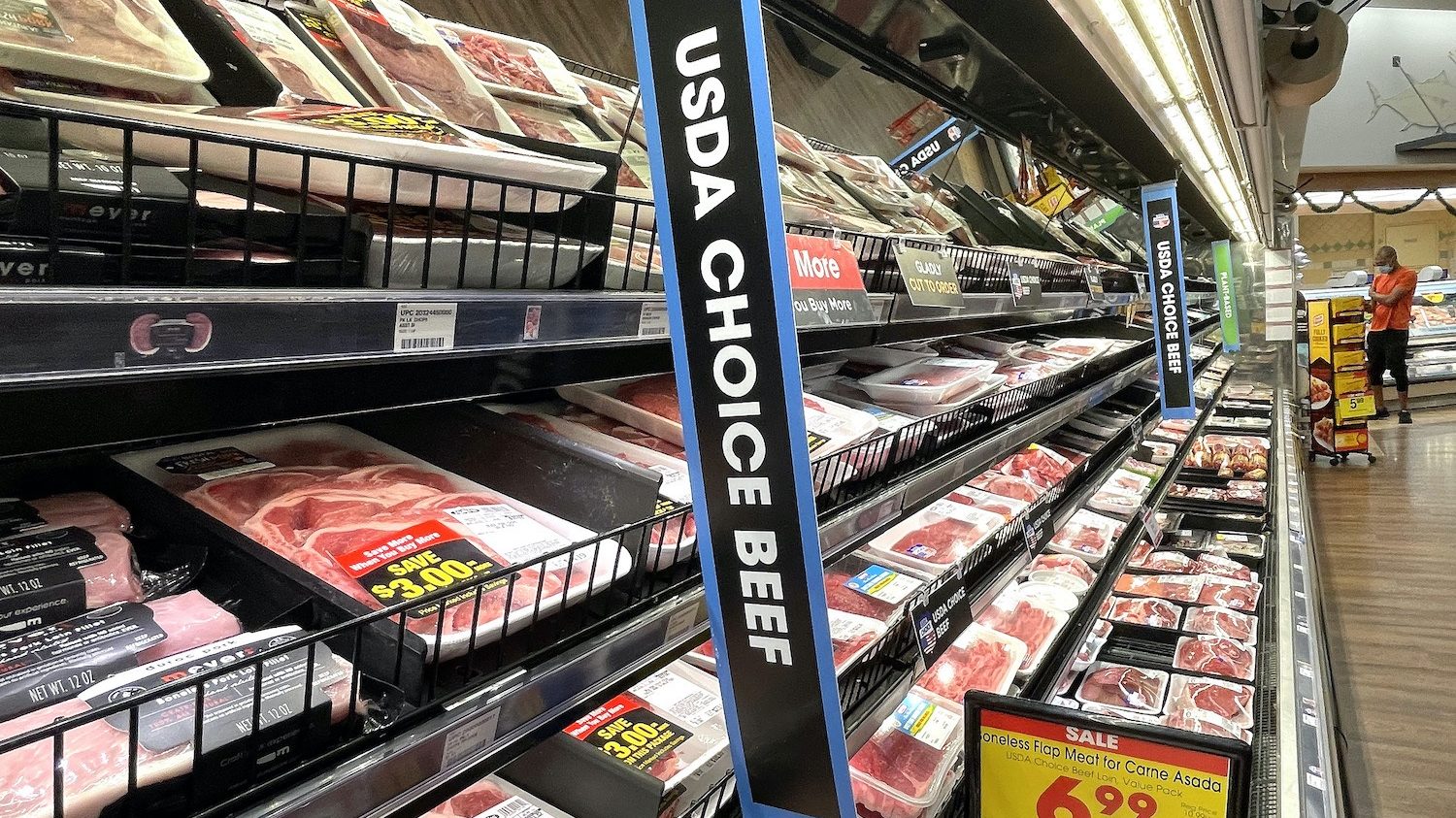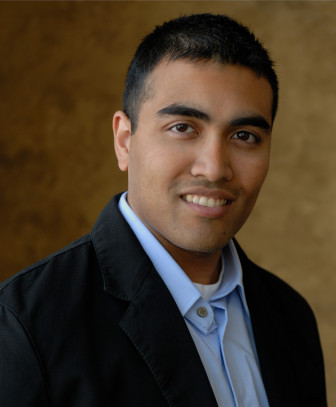Labour Rows Over Drugs Policy as Cannabis Offences Surge
John Lubbock
5 January 2022

New data shows a mounting drugs problem in England and Wales, while Labour and the Conservatives remain committed to status quo solutions, reports John Lubbock
Total recorded drug offences increased in England and Wales by 19% from 2019/20 to 2020/21, with possession of cannabis recording a 21.5% increase, according to data from the Office for National Statistics (ONS) compiled in a new parliamentary report.
“The main drug offence recorded in 2020/21 was ‘possession of cannabis’ (63%), followed by ‘possession of controlled drugs (excluding cannabis)’ (18%), ‘trafficking in controlled drugs’ (18%),” the report states.
The statistics are increasingly relevant amid a disagreement between Labour Party Leader Keir Starmer and Labour Mayor of London Sadiq Khan, who is considering the effective decriminalisation of cannabis and other Class B drugs in a pilot scheme – employing a method known as ‘diversion’ – that will offer young people counselling or “speeding course-style” classes instead of prosecution.
As a Class B drug, the maximum prison sentence for possession of cannabis is currently five years.

14,900 penalty notices for disorder (PNDs) were issued in 2020/21, with possession of cannabis the second most common reason for a PND after a person being ‘drunk and disorderly’. 25% fewer PNDs were issued in 2020/21 than in 2019/20 and 60% fewer than five years ago.
However, while custodial sentences for most crimes have been falling for the past decade, a greater proportion of drug offences are receiving prison sentences.
According to the parliamentary report, between 2008/09 and 2019/20, the proportion of drug offenders receiving a caution fell from 46% to 30%, while the proportion receiving a custodial sentence increased from 9% to 16%. This goes against the general trend for all offences whereby the number of people sentenced immediately to prison is falling.
Average prison sentences for drug offences have also risen. The average sentence for drug trafficking in 2020 was 43.6 months, compared to 3.9 months for possession offences, according to the report. In 2012, 25% of drug offences resulted in prison time of at least three years – which increased to 40% in 2020.
The report also notes that on 30 June 2021, there were just under 14,000 people in prison for drug offences – 16% of the overall prison population. As reported by the Guardian in 2020, “people from Asian and other minority ethnic groups are 1.5 times more likely to go to prison for drugs offences than white people”.
While convictions for drug offences have been increasing, convictions for common assault have been falling since 2015, and only 1.6% of the 50,210 reported rape cases in England and Wales in 2020 led to a conviction.
Statistics also show worsening health outcomes for drug users.
“The number of deaths related to drug poisoning have increased year on year from 2,652 in 2011 to 4,561 in 2020,” the report states. “This represents a 72% increase. 2020 saw a 4% increase in deaths compared to 2019.” Drug misuse accounted for 13% of accidental deaths in 2020.

These statistics suggest that current drugs policy is not working and contradict the official stance of the Labour Party.
Keir Starmer told journalists at a press conference yesterday: “I’m not in favour of us changing the law or decriminalisation, and I’m very clear about that… I’m not in favour of changing drugs laws.”
The Prime Minister’s spokesperson agreed, saying that “decriminalisation would leave organised criminals in control while risking an increase in drug use, which drives a climate of violence”.
But organised crime is already in control of the illegal drugs trade and reported use of drugs in the UK has been rising since 2013.
According to the ONS, “following a period of falls between year ending December 1995 and year ending March 2013, there was a change in the trend. Between the year ending March 2013 and March 2020, the proportion of adults reporting any drug use in the last year has increased by 15% (16- to 59-year-olds) and 28% (16- to 24-year-olds) respectively”.
Ant Lehane, of the Labour Campaign for Drug Policy Reform, told Byline Times: “As many Labour councils move towards diversionary measures which save police time and reduce reoffending, it is shameful that the Home Office has overseen an increase of over 20% for simple cannabis possession offences.
“This is a total waste of police time, and will place further strain on the criminal justice system which has been decimated by the Tories. It’s time for bold measures such as full decriminalisation. Instead, we are stuck with a Prime Minister who dresses up as a police officer to seem ‘tough on crime’.”

DAVID LAMMY ‘Young People are Dying On Our Streets– We Need to Get On with Legalising Cannabis’
But senior figures in the Conservative and Labour parties currently refuse to treat drug misuse as a health rather than a criminal problem. This is despite polling which shows that the British public has been growing increasingly open to the idea of liberalising drug laws.
According to a 2018 YouGov poll, 43% support legalisation and 41% oppose it, while the remaining 15% don’t know. Another poll in 2019 showed 48% support for legalisation for recreational drug use and 77% support for legalising medical cannabis.
The UK is actually the world’s biggest producer of medical cannabis for export to other countries, but it remains illegal in the UK. A private members’ bill has been put before Parliament which would legalise medical cannabis, proposed by MP Jeff Smith, leader of the Labour Campaign for Drug Policy Reform, but the bill has little realistic chance of passing.
A Home Office spokesperson told Byline Times that “the Government has no plans to decriminalise harmful drugs” and that Sadiq Khan “has no powers to do so and the police are always expected to uphold and enforce the law”.
“Decriminalising drugs would lead to lawlessness and hand over control of our communities to organised criminals, pushing up serious violence and its corrosive impact on mainly young black men in London,” they added.



/https://www.thestar.com/content/dam/thestar/news/world/2022/01/05/donald-trumps-supporters-couldnt-overturn-the-election-but-they-still-might-destroy-america/capitol.jpg)




















